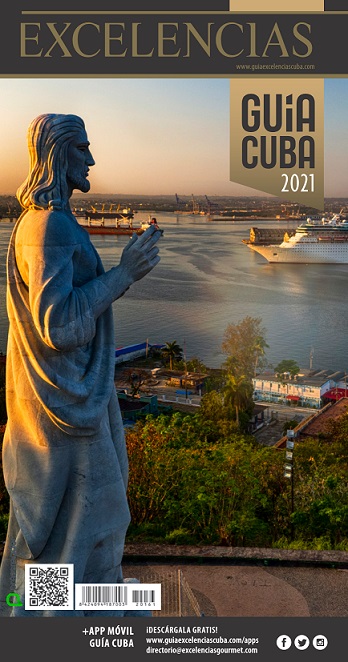Limon, also known as Puerto Limon, is the capital of the province bearing the same name located in a bay hedged with swampy lands along the Caribbean coast, on the northern shore of the country. The total surface is 9,188 square kilometers (18 percent of the national territory). It borders with Nicaragua to the north; the provinces of Cartago, San Jose and Puntarenas to the south; the Caribbean Sea and Panama to the east, and Heredia to the west. The province is divided in half a dozen cantons: Limon, Pocci, Siquirres, Talamanca, Martina andGuacimo. The total population is in the neighborhood of 65,000 inhabitants, most of them of African-Caribbean origin. Puerto Limon was founded in 1871, on the premises of an Indian village owned by the Cariari, visited by Christopher Columbus in 1502 when he anchored near Uvita, a small island stretching less than mile away from the seaport, to repair his vessels. In 1880, the port opened itself to the banana trade and had railroads installed in 1890. Regardless of being a Caribbean-bathed seaport that sucks in most of the country's maritime trade (exports of banana, coffee, cacao and coconuts), Limon is the hub of the entire Atlantic coast region in Costa Rica. There's an oil refinery, different factories (textiles, footwear and syrups), and even a few good beaches in the vicinity, like Bonita and Portete. The city can be used as a starting point to reach the national parks of Tortuguero and Cahuita, the Hitoy-Cerere National Reserve, Barra del Colorado and the Old Port area. Its most distinctive feature is no doubt the peculiar architecture of this town, featuring wrought-iron balconies, arched porches, metal pillars and tin roofs. In recent years, Puerto Limon has panned out to be a major travel destination for the practice of water sports and nautical activities.






